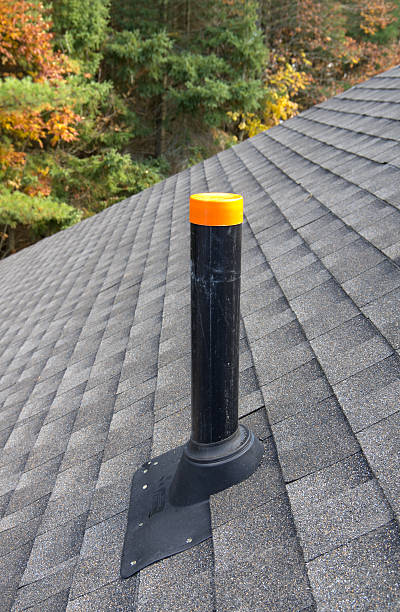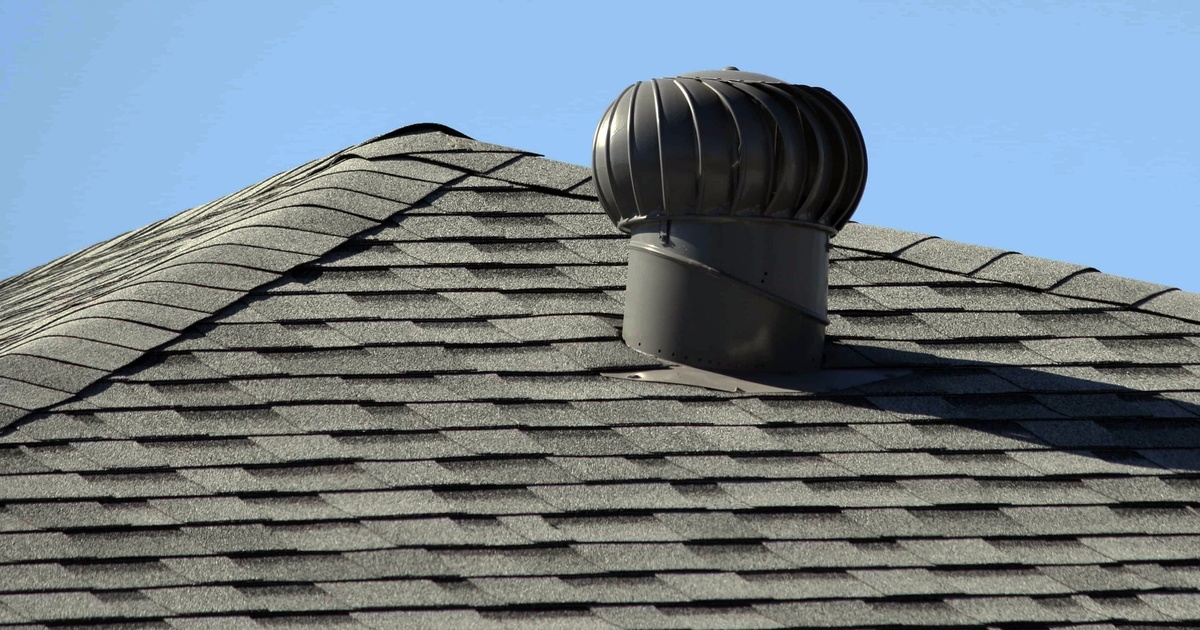The Reason Why Correct Ventilation Matters in Plumbing Systems
Quote & ScheduleThe content further down relating to The Upsides of Proper Ventilation in Plumbing Design is truly compelling. Read it for your own benefit and figure out what you think of it.

Correct ventilation in plumbing systems is usually overlooked, yet it is essential for preserving the performance and security of your home's plumbing. Ventilation aids manage atmospheric pressure, protect against the accumulation of dangerous gases, and make sure the efficient elimination of waste. In this overview, we will explore the importance of proper pipes ventilation, just how it works, and the benefits it gives your plumbing system.
Just How Ventilation Functions in Plumbing Equipments
Air Pressure Guideline
Proper air flow maintains well balanced air pressure within the pipes system. When water streams through pipes, it displaces air. Without appropriate air flow, this displacement can develop adverse pressure, causing slow drains pipes or siphoning of water from traps, which can trigger undesirable smells to permeate into the home.
Avoiding Drain Gas Build-up
Among one of the most crucial functions of plumbing vents is to prevent sewer gases, such as methane and hydrogen sulfide, from building up within the home. These gases can position major wellness risks and are extremely combustible. Vent pipes permit these gases to escape safely outdoors.
Assisting in Waste Removal
Air flow aids in the efficient removal of wastewater by stopping airlocks in the water drainage system. When air can flow freely with the vents, it enables water and waste to move efficiently via the pipes, lowering the risk of obstructions and back-ups.
Advantages of Proper Ventilation
Boosted System Performance
Effectively ventilated plumbing systems run extra effectively, with less blockages, faster draining pipes, and less pressure on the pipes. This effectiveness expands the lifespan of the plumbing system.
Improved Air Top Quality
By avoiding drain gases from entering your home, correct air flow adds to better indoor air quality, making your living setting healthier and a lot more comfortable.
Protecting Against Water Damages
Sufficient air flow assists avoid water from being siphoned out of catches, which can lead to sewage system gases entering the home and creating water damage with time.
Steps to Make Certain Proper Ventilation
Consulting Pipes Codes
Always seek advice from regional pipes codes when creating or changing your plumbing system. These codes supply the necessary standards for proper venting and ensure your system fulfills security standards.
Routine Inspection and Upkeep
Regular assessments can aid determine possible air flow issues prior to they come to be major problems. Maintenance jobs, such as cleansing vent pipes and looking for clogs, are crucial for maintaining the system in good working order.
Expert Installation
For brand-new installments or major modifications, it's important to employ a professional plumber. They have the proficiency to make certain the ventilation system is appropriately developed and mounted according to code.
Comprehending Air Flow in Plumbing
Ventilation in pipes describes the network of pipes that allow air to flow through the water drainage system. These vents serve several purposes, including regulating air pressure within the pipes, preventing sewer gases from going into the home, and helping in the smooth flow of wastewater.
Sorts Of Pipes Vents
Key Heap Vent
The main stack vent, likewise referred to as the air vent pile, is the primary vent in a plumbing system. It prolongs from the primary drainpipe line up with the roof covering, permitting gases to run away and fresh air to get in the system.
Branch Vent
Branch vents attach to the major pile vent and serve individual components, such as sinks, commodes, and showers. These vents ensure that each fixture has adequate ventilation to function correctly.
Air Admittance Valve (AAV).
An Air Admission Shutoff (AAV) is a one-way shutoff that enables air to go into the plumbing system without the need for a traditional air vent pipe expanding via the roof. AAVs are typically made use of in restorations or areas where installing a standard vent is not practical.
Signs of Poor Ventilation in Pipes.
Slow Draining Fixtures.
If your sinks, tubs, or toilets are draining pipes slowly, it could be an indicator of poor air flow. Inadequate air circulation can produce a vacuum cleaner effect, making it tough for water to drain pipes properly.
Gurgling Appears.
Gurgling audios originating from drains pipes are usually an outcome of air being sucked through water traps as a result of negative stress in the pipes. This is a clear indication of not enough air flow.
Unpleasant Odors.
Sewage system odors inside your home are a red flag that your pipes system is not effectively aerated. This can mean that sewage system gases are not being sufficiently vented outside, resulting in possibly harmful problems.
Usual Ventilation Mistakes.
Poor Vent Sizing.
Making use of undersized air vent pipes can lead to inadequate air flow and stress imbalances in the system. It's necessary to use vents that fulfill the specific needs of your plumbing system.
Improper Vent Placement.
Positioning vents too far from the components they serve can decrease their performance. Proper positioning ensures that air can flow easily and successfully via the system.
Ignoring Code Requirements.
Building regulations give specific guidelines for plumbing ventilation. Disregarding these codes can lead to a system that stops working to work properly and may cause expensive repair work or carcinogen.
Conclusion.
Appropriate air flow is an essential part of any plumbing system, ensuring that it works effectively and safely. By recognizing the value of air flow, recognizing the signs of inadequate air flow, and taking actions to preserve your system, you can prevent pricey concerns and secure your home's air high quality.
4 Things You Should Know About Your Plumbing Vents
What Plumbing Vents Are
Also called a vent stack, a plumbing vent is a vertical pipe attached to your drain line that runs through your roof. The plumbing vent pipe, or plumbing air vent, removes gas and odors from your plumbing system and allows fresh air to enter the pipes, helping the water to flow out of the drain pipes.
What Plumbing Vents Do
Plumbing vents have two basic functions. One of which is to allow unpleasant smelling wastewater and sewer gasses to escape your plumbing system instead of entering your home. Plumbing vent pipes are typically located on roofs, away from windows, to ensure the fumes exit the home completely.
The other function of the plumbing vent is to move fresh air into your plumbing system. This helps move water through every plumbing fixture in your house, like toilets and sink drains. Think of the way in which you need to let a little air into the bottle as you pour soda in order to make the drink flow smoothly.
Different Types of Plumbing Vents
True vent: This is the most common vent option. In simplest terms, a true vent is a vertical pipe attached to your drain line that exits through the roof. They often function as the main vent that other fixtures can connect to. Re-vent pipe or auxiliary vent: Attached to the drain line near specific plumbing fixtures, re-vent pipes run up and over to connect to the main vent. Common vent: Two plumbing fixtures installed on opposite sides of a wall are typically tied into the vent stack using something known as a sanitary cross. Wet vent: This venting option operates as a drain pipe and a vent at the same time. Wet vent drainage systems drain water from one fixture while venting the air from another. Although they’ve been used for over 100 years, wet vent systems have only recently been added to the plumbing code in many areas. If you’re planning on installing one in a bathroom remodel, make sure you check your local code prior to construction. Loop vent: For free-standing fixtures like kitchen island sinks, loop vents are ideal. These vent pipes run under the floor, rise from the P-trap, and create a loop inside the cabinet sink. Air admittance valve: An AAV is a one-way mechanical valve typically installed at the site of the plumbing fixture. AAVs allow venting to occur without having to tie into a larger venting system. They’re ideal for venting fixtures where you aren’t able to easily connect to an existing vent system. Common Plumbing Vent Issues
Although vent pipes typically don’t have water flowing through them, they’re still subject to many typical plumbing issues. For example, clogs are one of the most common problems associated with sewer vent pipes. If your vent pipe gets clogged, all of your plumbing fixtures tied into the vent stack will be affected.
A sink with a slow drain that bubbles and gurgles or a strong sewage smell around your toilet are both indicators that your toilet vent pipe is clogged. Because most vent pipes exit through the roof, old leaves, twigs or even a bird’s nest could be clogging the pipe.
Clogs in your vent pipe system cause a buildup of negative pressure, meaning that water won’t be able to flow out of your home very well. It’s similar to putting your finger over the opening of a straw to trap water inside. When you remove your finger, the water is able to flow out of the straw.
If you suspect you have any blockage in your vent, make sure you have a professional come examine the situation. Left unchecked, a blocked air vent can lead to other costly repairs, like leaks and sediment buildup.
Under Pressure
Pipe vents are essential aspects of a home’s plumbing system. Owning a home means learning about all sorts of things you never put much thought into before. But by understanding as much as you can about the important systems of your home, you can keep those budgets intact and those anxiety levels low.
https://www.homeserve.com/en-us/blog/home-improvement/plumbing-vents/

Do you really like reading about What Is A Plumbing Vent & How Do They Work?? Try to leave a remark down below. We'd be delighted to listen to your reactions about this review. In hopes that you visit us again in the future. Sharing is caring. Helping people is fun. We take joy in your readership.
Visit Our Website